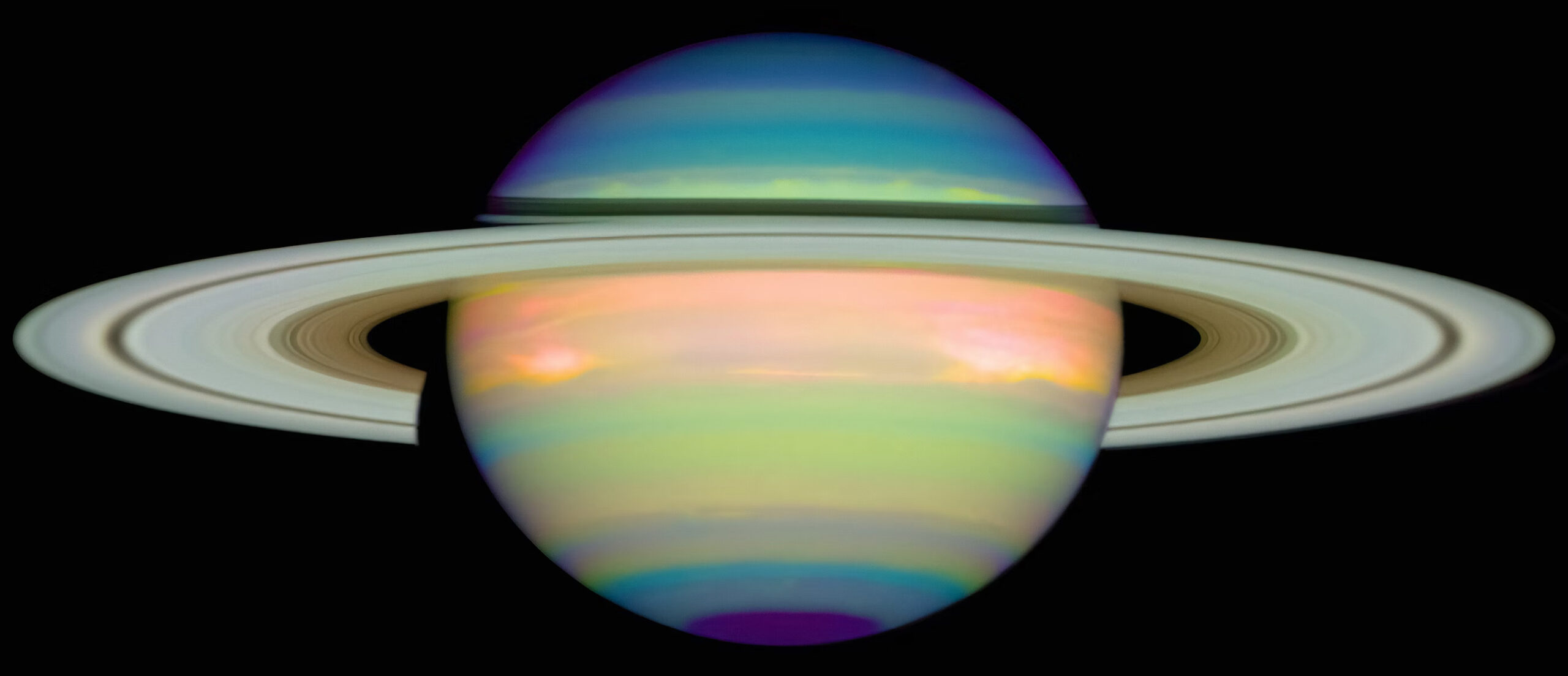Spring | Summer | Fall | Winter | |
2025 | Volume 67 |
| Volume 65 | Volume 66 |
Volume 14, 25 September 2011
«Many a night I saw the Pleiads, rising thro' the mellow shade,
Glitter like a swarm of fireflies tangled in a silver braid.»
Finding Krittika (Pleiades)
In the continuing effort to help you become more familiar with where the nakshatra groups occur in the natural sky, I will suggest a couple viewing times where you can observe the Moon close to a cluster of stars known in Astronomy as the Pleiades and in Jyotisha as the nakshatra of Krittika. Once you have viewed it, you can find it without the help of the nearby Moon as it is very visible this time of year in the Northern Hemisphere. Facing south, it is located above Orion and will be at the midheaven around 4 AM in September, midnight in November and 8 PM in January.
Although the modern designation is to start the series of nakshatras from Ashwini which occurs in Aries from 0 to 13 deg 20 minutes, the older references to the nakshatras start from Krittika which spans the constellations of Aries and Taurus.
There are differences in how Western astronomy and Jyotisha classify these star groups. As always, the key is visibility. Therefore, Krittika is described as a cluster of six stars rather than the “seven sisters” you see referenced in modern astronomy. This is probably due to the fact that only six are bright enough to be seen without strain and even among those, there is a considerable difference in the brightness.
The actual location of the cluster is in the constellation of Taurus which we will see later has some of the brightest stars around the ecliptic and is home to two other nakshatra marker stars both of which are brighter than any of the stars in Krittika. The brightest of the star cluster of Krittika is a star known as Alcyone and is located at around 6 degrees 07 Taurus with a magnitude of 2.84.
The six stars of Krittika are said to be the six banished wives of the seven great Rishis. Whether deserved or not (according to the various versions of the stories), the wives had the shadow of infidelity associated with them. It is worth mentioning that the seventh wife was the entirely devoted Arundhati who was such a paradigm of virtue that none of the whispers accrued to her. She was therefore allowed to remain with her husband and can be seen as a faint star in the great constellation of the Saptarishi (seven Rishis) which we call the Big Dipper. It is the custom in marriages in South India that the young couple view that constellation and see the devoted Arundhati so that the marriage will be similarly blessed with that same value.
On October 14th, Krittika can be seen approximately 6 degrees to the left of the Moon around two hours after sunset in the East North East. Another good viewing date is December 8 when it will be closer to the Moon - around 3 degrees to the upper left. This will be a couple of days before the total lunar eclipse which will be visible in the West of North America (around 6 to 7 AM PST depending on the time of the Moon setting).
Kala - Desha - Patra
The correct understanding and application of these three sanskrit terms can make the difference between an insightful and practical Jyotisha reading and one that might make some accurate points but somehow misses the mark.
What do they mean? Well, like many words in this tradition, there can be profound unfoldment of each of these concepts but for our purposes, kala simply represents time or a time period, desha represents the environment including cultural milieu and location and patra represents the unique attributes or deficiencies of the individual.
The Vedic tradition has remained revelatory through some five thousand years of history because the seers and the teachers of this knowledge knew the importance of these words and how to fashion the knowledge accordingly and appropriately.
How then might kala - desha - patra apply to a chart interpretation? Picture if you will the following scenarios in a Jyotisha session:
- The Jyotishi is working with a teenager born in the US with parents who were not immigrants and were not familiar with any Eastern philosopy or practices. The Jyotishi gets fixated on this person's nice combinations for spiritual growth that start to unfold after fifty years old and focuses the reading on enthusiastically detailing the moksha combinations and the inevitable unfoldment of enlightenment.
- The clients this time are an Indian couple in their 50's who came to the US within the last 5 - 10 years. The Jyotishi sees some difficulties in the marriage combinations and predicts separation and strongly recommends marriage counseling to help with the problem.
- The Jyotishi is working with a sensitive and fragile woman in her late 60's with a history of anxiety. There are some combinations that indicate some possibility for ill health coming up ten years down the road. The Jyotishi tells her she has such combinations and that she needs to be very careful at that time and vigilant about any symptoms.
Obviously I am setting things up here to make a point but it may be disturbing to know that these scenarios are not as exaggerated or uncommon as you might think.
The first scenario is a violation of Kala. Among the many ways to address Kala, focusing in on the relevant life themes for the age of the person you are working with is the first place you would go. The session should be dealing with age-appropriate issues unless there is something unusual and compelling in that particular chart. Determining which of these issues has priority depends on the skill of the Jyotishi. However, in the course of such a reading it would be appropriate to touch on most of the following: family and family issues, education (including development of skills and talents, problems with school, learning deficiencies etc.), socialization (friends and belonging versus alienation and perhaps bullying), sound habits (food, addiction, sleep and exercise) emerging sexuality and healthy sexual identity.
The second scenario is a violation of Desha. A couple of that age brought up and married in India probably has a very different vision of how one deals with difficulties in a marriage. It takes considerable affliction to preciptiate a separation in such a marriage and their first strategy would not be traditional Western marriage counseling. The Jyotishi needs to be willing to understand deeply the values and traditions of the different cultures he or she may be called upon to interact with in this way in order to be effective.
The third scenarion is a violation Patra and Kala. The “vessel” in this case is already fragile and anxiety ridden and will have a long stretch of time in which her fears will project the worst possible scenarios. It would be much better to give common sense advice that would be appropriate to this phase of life such as the need to practice good health routines, get regular check ups, exercise appropriately, don't burn the candle at both ends etc. Depending on the disposition of the chart, remedial measures can be recommended to increase grace without scaring her into it. It is fitting at this age for someone to start to focus on giving back, searching more into what makes life meaningful, volunteerisim etc. so suggesting things she can do along these lines might be uplifting for her and create more alignment with dharma without specifically linking the doing of these things as vital to avoid something ominous you see ten years down the road.
The Media Corner
Conversations with Maharishi
By Dr. Vernon Katz
This book is a lively and respectful dialogue between Maharishi Mahesh Yogi , founder of the world wide movement based on development of consciousness through the Transcendental Meditation program, and Vernon Katz, a Vedic scholar who holds a first class honor degree in philosophy from Oxford. It is another gem that has come forward from the remarkable collaboration between two men from such disparate background that began in 1962 when Dr. Katz was asked to assist with Maharishi's translation and commentary of the Bhagavat Gita.
The conversations that fill this volume date from 1968 and 1969, the time Maharishi started his commentary on the jewel of the Upanishads - the Brahma Sutras. Though that commentary is yet to be published, this publication gives deep and precious insights into Maharishi's unfoldment of the eternal wisdom of Vedanta in its crowning glory of the vision of Unity.
The quality of the interaction of these two esteemed personages, their mutal delight and trust inspired Maharishi to bring out some his deepest insights and most beautiful expressions as a legacy to all who seek the truth.
The book is available through MUM Press (http://www.mumpress.com/books/other-authors/f06.html)












